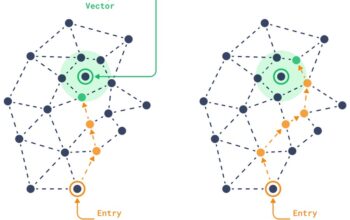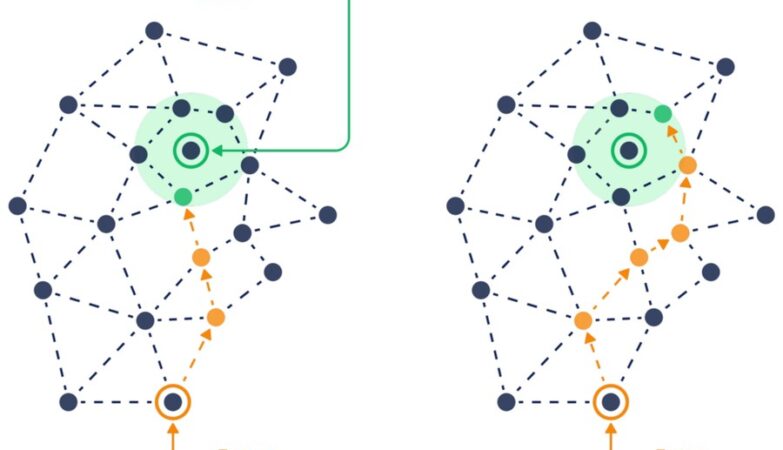In the world of web development, securing your full stack application is crucial. Whether you’re enrolled in full stack Java developer training, understanding common threats and how to counteract them will safeguard your application and its users. Let’s dive into some of these threats and the best practices to prevent them.
Understanding Common Threats
- SQL Injection Attacks
SQL Injection is a serious vulnerability where attackers can manipulate your SQL queries to access or alter your database. This happens when user inputs are not properly sanitized. To prevent SQL Injection, always use parameterized queries or prepared statements. These practices ensure that user inputs are treated as data, not executable code.
- Cross-Site Scripting (XSS)
XSS attacks occur when attackers inject malicious scripts into various web pages viewed by other users. These scripts can steal cookies or perform unauthorized actions on behalf of users. To combat XSS, implement input validation and output encoding. Make sure any user-generated content is sanitized before rendering it on your site.
- Cross-Site Request Forgery (CSRF)
CSRF tricks users into performing actions they did not intend to, often by exploiting their authenticated session. Using anti-CSRF tokens in your forms can help prevent this type of attack. These tokens ensure that requests made to your server come from trusted sources.
Best Practices for Securing Your Application
- Use HTTPS Everywhere
HTTPS encrypts data transmitted between the client and server, protecting it from eavesdroppers. Ensure that your full stack application uses HTTPS for all communications. This practice is vital in maintaining data integrity and confidentiality, especially when handling sensitive information.
- Implement Proper Authentication and Authorization
Strong authentication mechanisms are essential. This includes using hashed passwords and implementing multi-factor authentication (MFA) where possible. For authorization, clearly define user roles and permissions, and enforce these rules consistently throughout your application.
- Regularly Update Dependencies
Keeping your software and dependencies up-to-date is crucial. Many vulnerabilities arise from outdated libraries or frameworks. Regularly check for updates and promptly apply security patches to minimize risks. Both your full stack development course will emphasize the importance of managing dependencies.
Monitoring and Response
- Set Up Logging and Monitoring
Effective logging and monitoring can help actively detect and respond to potential security incidents. Implement logging mechanisms that capture security-related events, such as failed login attempts or suspicious activities. Use monitoring tools to analyze these logs and alert you to any anomalies.
- Conduct Regular Security Audits
Regular security audits help identify vulnerabilities before attackers do. Perform code reviews, thorough penetration testing, and vulnerability assessments to uncover weaknesses. Address any issues promptly to enhance your application’s security posture.
User Education and Best Practices
- Educate Your Users
Users play a critical role in the security of your application. Educate them about best practices, such as ensuring strong passwords and recognizing phishing attempts. Encourage them to follow these practices to further protect their accounts and data.
- Secure Your Development Environment
Your development environment should also be secure. Use secure coding practices and ensure that your development tools and servers are protected from unauthorized access. Implement access controls and regularly review permissions to minimize potential risks.
Implementing Security Measures in Your Course
- Apply Learnings from Training
Both full stack Java developer training will provide you with knowledge about securing applications. Apply these learnings by incorporating security best practices into your projects. This not only reinforces your training but also enhances your practical skills.
- Integrate Security into Development Workflow
Make security an integral part of your development workflow. Incorporate security checks and practices into your coding process, from design to deployment. This proactive approach helps build secure applications from the ground up.
Conclusion
Securing your full stack application involves understanding common threats and implementing effective prevention measures. From defending against SQL injection and XSS to setting up robust authentication and authorization, each step contributes to a safer application. By integrating security best practices into your development process and utilizing insights from your full stack development course, you’ll build applications that are not only functional but also resilient against potential threats. Keep your application secure, and you’ll protect your users and their data from harm.
Business Name: ExcelR – Full Stack Developer And Business Analyst Course in Bangalore
Address: 10, 3rd floor, Safeway Plaza, 27th Main Rd, Old Madiwala, Jay Bheema Nagar, 1st Stage, BTM 1st Stage, Bengaluru, Karnataka 560068
Phone: 7353006061
Business Email: enquiry@excelr.com








